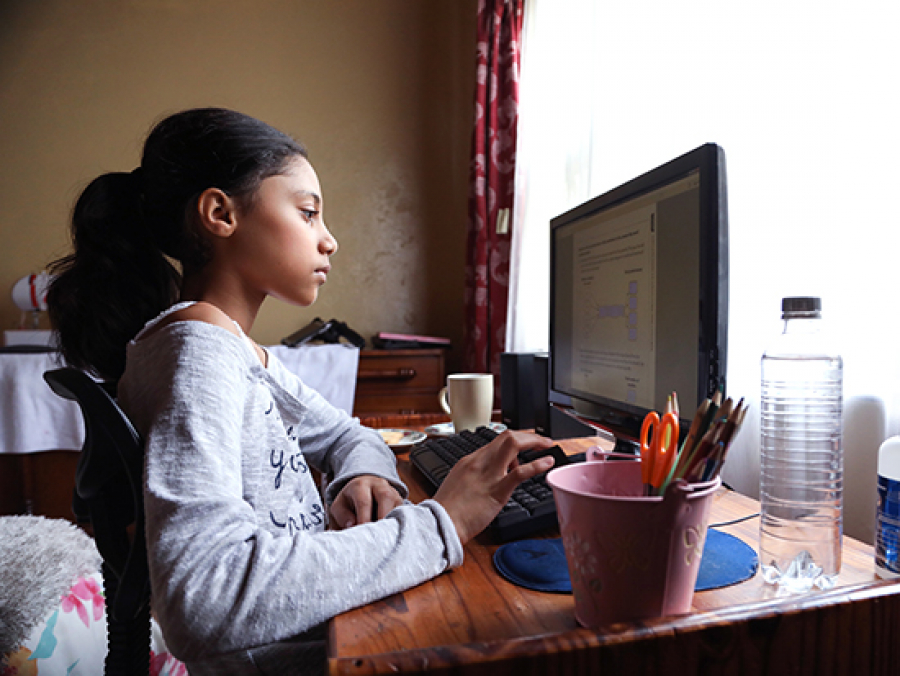

The possibility of taking classes in a virtual learning environment allows those who have a job to combine work and study. Often, students can choose their own time to study and go at their own pace. The information can be provided and accessed from pretty much anywhere with an internet connection and a computer.īecause virtual learning can remove barriers of time and place, it becomes very flexible, especially for students. Benefits of virtual learningīecause virtual classes are not restricted by physical space, they provide a lot more freedom to students as well as teachers.

Let’s have a look at the drawbacks and benefits of virtual learning in more detail and explore the implications they may have for both sides of the equation: those who learn and those who teach.įirst, let’s look at the good side of virtual learning. The factors in these columns affect students and teachers, although it’s true that some may be more relevant to one group than the other. Here’s a summary of the drawbacks and the benefits of virtual learning: Benefits These turbulent times have brought to surface the strengths of virtual learning and helped us realize the potential that it has, but it also revealed the not-so-good things about it. However, we can’t ignore the potential it has to make online and in-class learning more effective and available for many, among other benefits. Such a rapid switch from one mode to another was a shock to many students and teachers, which added to their negative perception of virtual learning. Yes, education did move pretty much entirely to virtual classrooms during the pandemic, but this wasn’t entirely planned or voluntary. However, that’s not necessarily the case. Okay, so it’s no secret that virtual learning is frowned upon by many - especially those who view it as some artificial world that sweeps away real-life traditions without a trace. Tutorial DataCamp SQL Fundamentals: The Best Courses for SQL BeginnersĪdd a secret weapon to your digital skills with the DataCamp SQL Fundamentals skill track. Of course, virtual learning also has its downsides, but more about that later. After all, it’s a type of learning that can remove barriers of time and space imposed by the traditional in-class system. If you’re not a fan - perhaps this article will help you see the positive side to it. Today, we’ll explore the phenomenon of virtual learning - a method of education that is most likely here to stay, whether we like it or not. Will Virtual Learning Replace In-Class Education? The Best E-Learning Platforms and Popular Programs

How Can I Use Virtual Learning To My Advantage? Online Learning: People Want It, People Need It The Not-So-Great Things About Virtual Learning In this article, we’ll answer questions like what is virtual learning? What are the good and the bad sides of it? How does it affect students? teachers? Will it really replace traditional classes? How effective is it? What about the virtual learning environments? Not everyone is supportive of this new shift, but more about that later. Whether it is language apps, virtual tutoring, video conferencing tools, or online learning software, COVID-19 fueled their usage.
#VIRTUAL LEARNING FREE#
With many people in lockdowns and more free time on their hands, the popularity of online courses skyrocketed.

With schools and universities shut - virtual learning became the only viable solution. According to a 2020 article by UNESCO, school or university closures had affected around 1.3 billion learners. Surprise, surprise - the COVID-19 outbreak accelerated online learning trends even further. Though it has come a long way since then.Įven before the pandemic, the overall market for online education was projected to reach $350 Billion by 2025. In those days, it was still rather primitive and really not that effective. It first emerged in the form of corporate training courses in the mid-1990s.


 0 kommentar(er)
0 kommentar(er)
